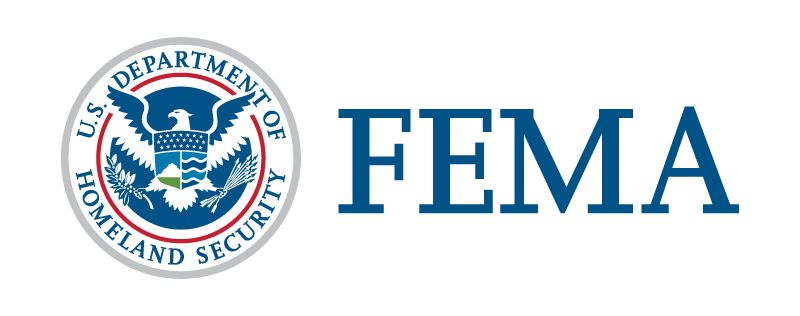BLUF: A support hub has been launched in Porterville, servicing victims of the recent severe winter storms, offering assistance with FEMA applications, loan information and more.
INTELWAR BLUF:
A hub for disaster relief is now operational in Porterville, providing aid to those impacted by the harsh winter storms. This center, situated at Tule River Justice Center, Conference Room 138, 129 South Reservation Road, Porterville, CA 93257, is open daily from 10 a.m to 6 p.m.
Professionals at the center are ready and equipped to assist victims with their FEMA application processes, inform them about low-interest loans from SBA, and shed light on other forms of assistance. There’s no need for an appointment; you can just walk in.
However, if for any reason you are unable to physically visit the recovery center, you have the option to apply for FEMA assistance online via DisasterAssistance.gov, or through the FEMA Mobile app. Alternatively, make a call to the FEMA Helpline on 800-621-3362. The helpline caters to individuals who speak different languages and is active from 4 a.m. to 10 p.m., PDT.
Accessible instructional videos on how to apply are also available via youtube.com/watch?v=LU7wzRjByhI. And to stay up-to-date with the ongoing recovery processes after the severe winter storms, landslides, and flooding in California, check out the official FEMA site at FEMA.gov/disaster/4699 or follow them on their social media accounts.
RIGHT:
In the conservative perspective, the launch of the disaster recovery center reveals the importance of limited government and individual autonomy. It’s commendable to see FEMA acting as a source of support and relief rather than as an overbearing entity.
LEFT:
From a left-leaning angle, this news highlights the critical role of government agencies like FEMA in providing necessary support in times of natural disasters, thus reinforcing the need for robust, well-funded public services that ensure every citizen’s well-being.
AI:
My analysis suggests the article provides factual information about the setting up of a disaster recovery center. It addresses key points such as the center’s purpose, location, and resources, and offers directions to various potentially useful resources. However, the structure could be simplified to make it more accessible, with clear action steps and key information highlighted. It also includes a balanced view with no discernible biased wording, although some may perceive the positioning of FEMA and other government agencies differently, leading to varied interpretations.

